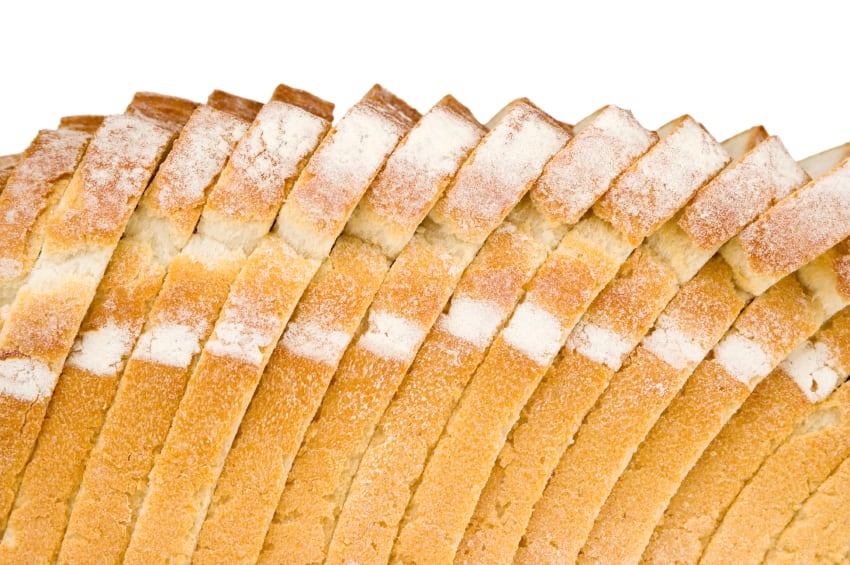Tapioca starch is a thickening agent derived from cassava root which is widely used in gluten free products. The study – published in LWT - Food Science and Technology – added gum Arabic (GA), a low cost gum (hydrocolloid) known for its stabilising, emulsifying and thickening properties.
The team found GA improved pasting, rheological (consistency and flow) properties, viscosity and elasticity as well as swelling power and solubility index for native tapioca. Viscosity and elasticity were found to increase the more GA was added.

The findings could be good news for industry, since gum would still allow clean label advertising, the team – led by Dr Ajaypal Singha, US Department of Agriculture – noted.
“Currently, there is trend in market towards clean label food, which implies no chemical modifications,” the researchers said. “Clean label gums can be used to improve functionality of the starches without any chemical modification.”
The study

The team used a native tapioca starch bought from a local store, and used it as received.
Beside flow behaviour, viscoelastic characterisation and swelling power, the study also measured pasting properties – the first of its kind to do so.
“Different parameters were measured to compare the peak viscosity (PV), hot paste viscosity (HPV), cold paste viscosity (CPV), relative breakdown (RB) and total setback (TSB),” the researchers said.
“This study has very clearly demonstrated that addition of GA results in a significant decrease in PV, RB, and TSB values.”
The GA presumably covered most of the TS granules and promoted granules association, which restricted swelling of the granules and limited the increase in viscosity during pasting. The addition of GA into TS had an antagonistic effect as it caused a decrease in PV of the biphasic TS-GA system.
Tapioca starch is widely used in the baking sector due to it being a clear paste with bland taste properties and relatively high viscosity compared to other starches. It is commonly used in cakes, breads, cereals, beverages and sauces.
However, native (unmodified) tapioca starches suffer from low water holding capacity, retrogradation and syneresis (leaking liquids). Adding gums is a common fix.
Companies already focusing on clean label tapioca starch include Beneo, which announced its clean label native rice starch in May made using an “entirely natural” thermal production process which affords high stability.
Cargill also showcased a modified maize starch at last year’s FiE trade show in Paris. It said the product, C☆CreamTex, could be perceived as clean label even though it is modified.
“Clean label is all about perception,” said Majella de Bruijn, head of marketing for Cargill Texturising Solutions. “There is no legislation about clean label, but often [it means] products with no artificial ingredients, colours, flavours but also ingredients that people don’t want because they don’t know the name.”
Source: LWT - Food Science and Technology
Published online first, doi: 10.1016/j.lwt.2016.07.059
“Improvement of rheological, thermal and functional properties of tapioca starch by using gum Arabic”
Authors: Ajaypal Singh, David J. Gevekea, Madhav P. Yadav
